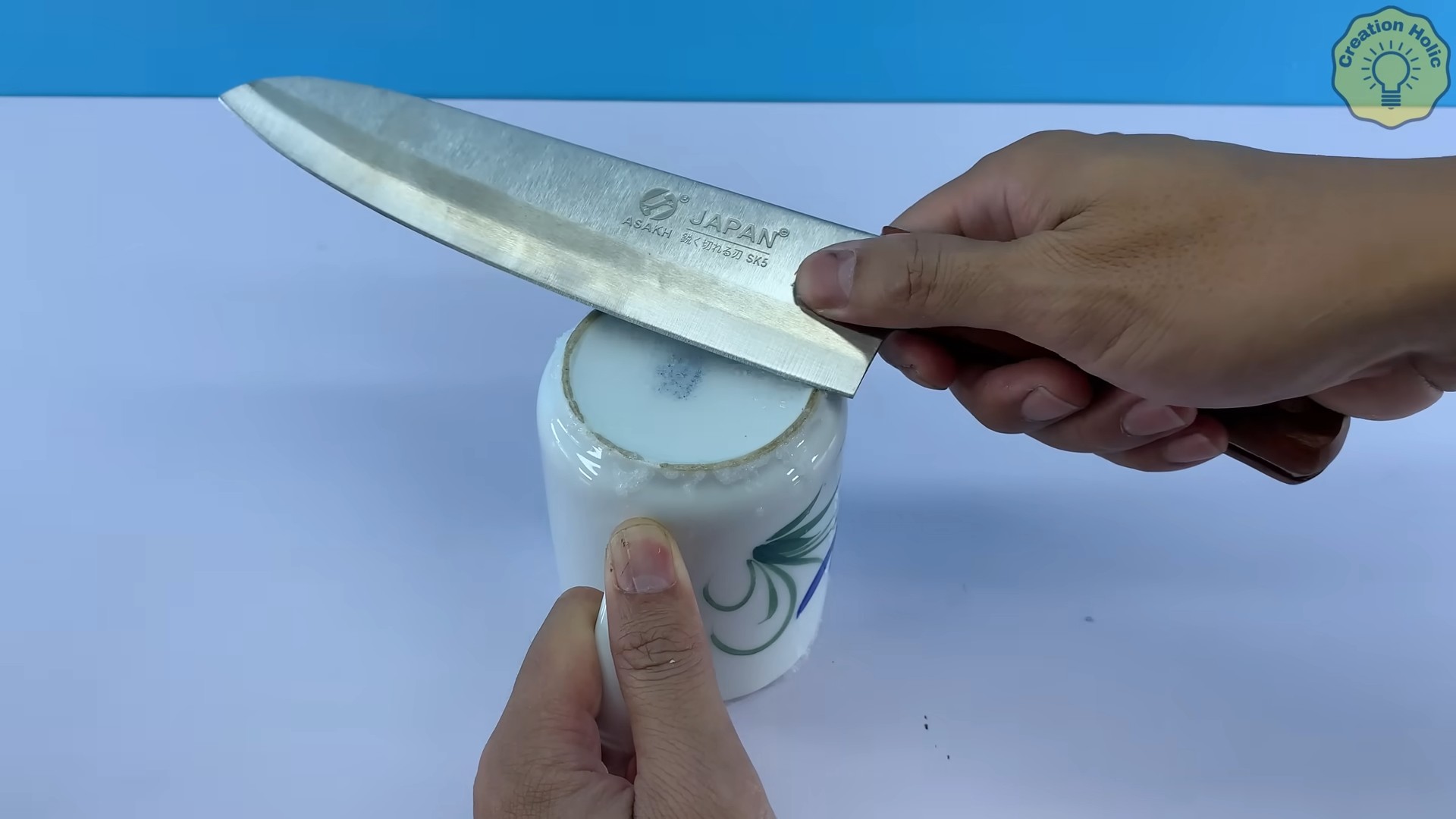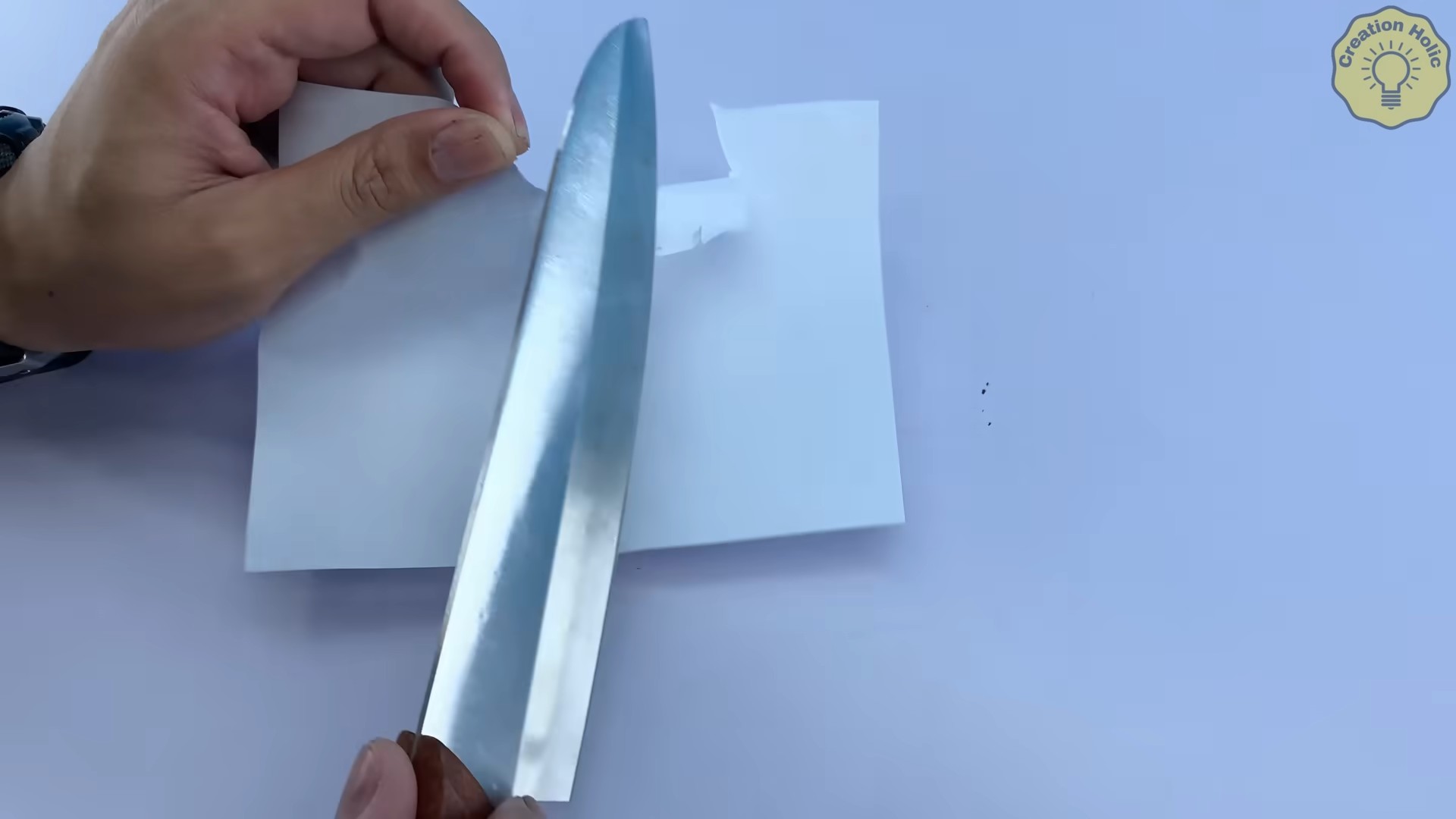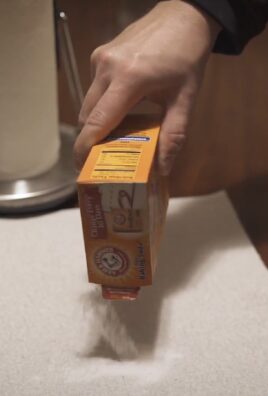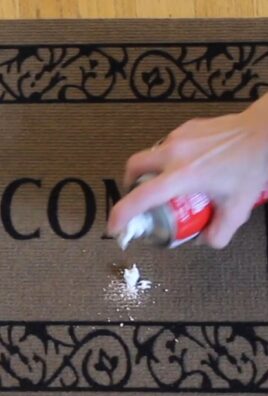DIY project tips can transform your living space and bring a sense of accomplishment that store-bought items simply can’t match. Have you ever looked at a beautiful piece of furniture or a stunning garden feature and thought, “I wish I could make that”? Well, you can! For centuries, crafting and creating with our own hands has been a source of pride and resourcefulness. From ancient civilizations building their own homes to modern-day makers upcycling materials, the spirit of DIY is deeply ingrained in our culture.
In today’s fast-paced world, taking on a DIY project tips offers a chance to slow down, learn new skills, and personalize your surroundings. Plus, it’s a fantastic way to save money and reduce waste! But let’s be honest, diving into a DIY project without a plan can quickly turn into a frustrating mess. That’s where these essential tips come in. I’m here to share my favorite hacks and tricks that will help you tackle any DIY project with confidence, ensuring a smooth and successful experience from start to finish. Get ready to unleash your inner creator and transform your home, one project at a time!

Transform Your Old T-Shirts into Stylish Reusable Shopping Bags!
Hey there, fellow DIY enthusiasts! Are you drowning in old t-shirts that you can’t bear to throw away but never wear? Well, I’ve got the perfect solution: turn them into super cute and eco-friendly reusable shopping bags! This project is not only a great way to upcycle but also helps reduce plastic waste. Plus, it’s surprisingly easy, even if you’re a beginner sewer (or even if you don’t sew at all!). Let’s dive in!
What You’ll Need:
Before we get started, let’s gather our supplies. This is a pretty low-cost project, which is always a win in my book!
* An old t-shirt (the bigger, the better for a larger bag!)
* Sharp scissors or a rotary cutter and mat
* A ruler or measuring tape
* Pins (optional, but helpful for beginners)
* Sewing machine (if you want a super durable bag) OR fabric glue (for a no-sew option!)
* Thread that matches your t-shirt (if sewing)
* Iron and ironing board (optional, but recommended for a neater finish)
* A circular object (like a plate or bowl) for tracing (optional, for rounded handles)
* Fabric marker or chalk (optional, for marking cutting lines)
Choosing Your T-Shirt:
The key to a great t-shirt bag is choosing the right t-shirt! Here are a few things to consider:
* Size: A larger t-shirt will naturally create a larger bag. Think about what you’ll primarily use the bag for. Grocery shopping? Library books? Choose accordingly!
* Fabric: Cotton t-shirts are the easiest to work with, but you can also use blends. Avoid super stretchy or thin fabrics, as they might not be strong enough to hold heavier items.
* Design: This is where you can get creative! Do you want the design on the front of the bag? Or maybe you want to cut it out and applique it onto a plain t-shirt. The possibilities are endless!
* Condition: Make sure the t-shirt is clean and free of any major holes or stains (unless you’re going for a distressed look, of course!).
Sewing Method: Step-by-Step Instructions
This method will give you a super sturdy and long-lasting bag. Don’t worry if you’re not a sewing pro; I’ll walk you through it!
1. Prepare Your T-Shirt: Lay your t-shirt flat on a clean surface. Smooth out any wrinkles. If you want a really crisp finish, give it a quick iron.
2. Cut Off the Sleeves: Using your scissors, carefully cut off both sleeves. Try to cut as close to the seam as possible for a clean look. Don’t throw the sleeves away! We can use them for other projects later.
3. Cut Out the Neckline: Now, we’ll cut out the neckline. You can choose to cut a straight line across, creating a square neckline, or you can round it out for a more traditional bag shape. If you want a rounded neckline, use a plate or bowl as a template and trace around it with a fabric marker or chalk before cutting.
4. Create the Handles: This is where you’ll shape the handles of your bag. The amount of fabric you leave for the handles will determine how long they are. I usually leave about 2-3 inches of fabric on each side of the shoulder seam. You can use your ruler to measure and mark the desired length. Then, carefully cut away the excess fabric, creating the handle shape. Make sure the handles are symmetrical!
5. Pin the Bottom Edge: Turn the t-shirt inside out. This is important because we’ll be sewing the bottom seam on the inside. Pin the bottom edge of the t-shirt together, making sure the edges are aligned. This will prevent the fabric from shifting while you sew.
6. Sew the Bottom Seam: Using your sewing machine, sew a straight seam across the bottom edge of the t-shirt. I recommend using a straight stitch and a seam allowance of about 1/2 inch. For extra durability, you can sew a second seam right next to the first one.
7. Reinforce the Seam (Optional): For added strength, you can reinforce the bottom seam with a zigzag stitch or a serger. This is especially helpful if you plan to carry heavy items in your bag.
8. Turn the Bag Right Side Out: Carefully turn the bag right side out. Use your fingers to push out the corners of the bottom seam for a neater finish.
9. Hem the Handles (Optional): To prevent the handles from fraying, you can hem them. Fold the raw edges of the handles inward by about 1/4 inch and press with an iron. Then, sew along the folded edge to secure the hem.
10. Admire Your Handiwork! You’ve just created a stylish and reusable shopping bag from an old t-shirt! Now go show it off at the grocery store!
No-Sew Method: Step-by-Step Instructions
Don’t have a sewing machine? No problem! You can still make a fantastic t-shirt bag using fabric glue. This method is perfect for beginners and requires minimal supplies.
1. Prepare Your T-Shirt: Just like with the sewing method, start by laying your t-shirt flat on a clean surface and smoothing out any wrinkles.
2. Cut Off the Sleeves: Carefully cut off both sleeves, as close to the seam as possible.
3. Cut Out the Neckline: Cut out the neckline in your desired shape (straight or rounded).
4. Create the Handles: Shape the handles by cutting away excess fabric, leaving about 2-3 inches of fabric on each side of the shoulder seam.
5. Prepare the Bottom Edge: Turn the t-shirt inside out. This is crucial for a clean finish.
6. Apply Fabric Glue: Apply a generous amount of fabric glue along the entire bottom edge of the t-shirt. Make sure to cover the entire seam allowance.
7. Press the Seam Together: Carefully press the bottom edge of the t-shirt together, aligning the edges as precisely as possible.
8. Secure with Clamps or Weights: To ensure a strong bond, use clamps or weights to hold the seam together while the glue dries. Follow the drying time instructions on your fabric glue bottle. This is a crucial step! Don’t rush it!
9. Reinforce the Seam (Optional): For extra strength, you can apply a second layer of fabric glue along the seam after the first layer has completely dried.
10. Turn the Bag Right Side Out: Once the glue is completely dry, carefully turn the bag right side out.
11. Let it Cure: Allow the glue to fully cure according to the manufacturer’s instructions before using the bag. This will ensure the strongest possible bond.
12. Admire Your No-Sew Creation! You’ve successfully transformed an old t-shirt into a reusable shopping bag without a single stitch!
Adding Personal Touches:
Now that you’ve mastered the basic t-shirt bag, let’s talk about adding some personal flair!
* Fabric Paint: Use fabric paint to add designs, quotes, or your name to your bag.
* Appliques: Cut out shapes from other fabric scraps and glue or sew them onto your bag.
* Embroidery: If you’re feeling ambitious, try adding some hand-embroidered details.
* Tie-Dye: Give your t-shirt a tie-dye makeover before turning it into a bag for a groovy look.
* Buttons and Beads: Sew or glue on buttons, beads, or other embellishments for a unique touch.
* Pockets: Add a pocket to the inside or outside of your bag for extra storage. You can use fabric scraps or even the sleeves you cut off earlier!
Tips and Tricks for Success:
* Use a Sharp Blade: A sharp pair of scissors or a rotary cutter will make cutting the fabric much easier and cleaner.
* Take Your Time: Don’t rush the process, especially when cutting and sewing (or gluing).
* Practice on Scrap Fabric: If you’re new to sewing or using fabric glue, practice on a scrap piece of fabric first.
* Choose the Right Glue: Make sure you’re using a fabric glue that is designed for permanent bonding and is washable (if you plan to wash your bag).
* Reinforce Stress Points: Pay extra attention to reinforcing the bottom seam and the handles, as these are the areas that will experience the most stress.
* Wash Your Bag Carefully: When washing your t-shirt bag, turn it inside out and wash it on a gentle

Conclusion
So, there you have it! This simple yet effective DIY project tip is more than just a clever hack; it’s a game-changer for anyone looking to streamline their life, save money, and add a personal touch to their surroundings. We’ve walked you through the process, highlighting the ease and affordability of transforming ordinary materials into something extraordinary.
Why is this a must-try? Because it empowers you to take control. Instead of relying on expensive store-bought solutions, you can create something tailored to your exact needs and preferences. It’s about resourcefulness, creativity, and the satisfaction of knowing you built something with your own two hands. Plus, it’s a fantastic way to reduce waste and embrace a more sustainable lifestyle.
But the fun doesn’t stop here! Feel free to experiment with variations. For example, if you’re working with fabric, try using different patterns or textures to create a unique look. If you’re repurposing containers, consider painting them with vibrant colors or adding decorative elements like beads or ribbons. The possibilities are truly endless, limited only by your imagination.
Consider these variations to elevate your DIY project:
* Personalized Labels: Add custom labels to your creations for a professional and organized look.
* Upcycled Materials: Explore using other discarded items like old t-shirts, denim scraps, or even plastic bottles to further reduce waste.
* Themed Projects: Tailor your DIY projects to specific holidays or events, creating festive decorations or personalized gifts.
* Collaborative Creations: Involve friends or family in your DIY projects for a fun and bonding experience.
This DIY project tip isn’t just about the end result; it’s about the journey. It’s about the joy of creating, the satisfaction of problem-solving, and the pride of owning something truly unique. It’s about embracing your inner maker and discovering the power of DIY.
We wholeheartedly encourage you to give this DIY project tip a try. Gather your materials, unleash your creativity, and see what amazing things you can create. And most importantly, don’t forget to share your experience with us! We’d love to see your creations, hear your feedback, and learn from your unique perspectives. Share your photos and stories on social media using [Your Hashtag] or leave a comment below. Let’s build a community of DIY enthusiasts, inspiring each other to create, innovate, and make the world a more beautiful and resourceful place, one DIY project at a time. So go ahead, get started, and let the DIY magic begin!
Frequently Asked Questions (FAQ)
What if I don’t have all the exact materials listed? Can I substitute?
Absolutely! One of the best things about DIY projects is their flexibility. Don’t be afraid to get creative and substitute materials based on what you have available. For example, if the instructions call for a specific type of glue, you can often use another strong adhesive that you have on hand. If you don’t have the exact size or shape of container, look around your home for something similar that you can repurpose. The key is to think outside the box and find creative solutions. Just make sure that any substitutions you make are appropriate for the project and won’t compromise the final result.
I’m a complete beginner. Is this DIY project tip too difficult for me?
Not at all! This DIY project tip is designed to be accessible to beginners. The steps are straightforward and easy to follow, and the materials are readily available. If you’re feeling a little intimidated, start by reading through the instructions carefully and gathering all your materials beforehand. You can also watch online tutorials or ask a friend for help if you get stuck. Remember, everyone starts somewhere, and even the most experienced DIYers were once beginners. Don’t be afraid to make mistakes – they’re a valuable part of the learning process.
How can I make this DIY project tip more sustainable?
Sustainability is a key consideration for many DIYers, and there are several ways to make this project more eco-friendly. Start by using recycled or repurposed materials whenever possible. Look for items around your home that you can give a new life, such as old containers, fabric scraps, or even broken household items. When purchasing new materials, opt for sustainable options like organic cotton, bamboo, or recycled plastic. You can also reduce waste by carefully planning your project and avoiding unnecessary purchases. Finally, consider donating or recycling any leftover materials instead of throwing them away.
What are some safety precautions I should take when working on this DIY project?
Safety should always be a top priority when working on any DIY project. Before you begin, read through the instructions carefully and identify any potential hazards. Wear appropriate safety gear, such as gloves, goggles, or a mask, to protect yourself from chemicals, sharp objects, or dust. Work in a well-ventilated area to avoid inhaling fumes. If you’re using power tools, make sure you’re familiar with their operation and safety features. Keep your workspace clean and organized to prevent accidents. And finally, never rush through a project – take your time and focus on what you’re doing.
How can I customize this DIY project tip to match my personal style?
Customization is what makes DIY projects so special! There are countless ways to personalize this project to reflect your unique style. Start by choosing materials that you love, such as fabrics with your favorite patterns, colors that complement your décor, or embellishments that express your personality. You can also experiment with different techniques, such as painting, stenciling, or embroidery, to add your own personal touch. Don’t be afraid to break the rules and try something new. The most important thing is to have fun and create something that you truly love.
How do I clean and maintain my finished DIY project?
The cleaning and maintenance of your finished DIY project will depend on the materials you used. For projects made with fabric, you can usually hand wash or machine wash them on a gentle cycle. For projects made with hard materials, such as wood or plastic, you can wipe them down with a damp cloth. Avoid using harsh chemicals or abrasive cleaners, as these can damage the materials. Store your project in a safe place where it won’t be exposed to extreme temperatures or humidity. With proper care, your DIY project will last for years to come.
What if my DIY project doesn’t turn out exactly as planned?
Don’t worry! Even the most experienced DIYers encounter setbacks from time to time. If your project doesn’t turn out exactly as planned, don’t get discouraged. Instead, try to identify what went wrong and learn from your mistakes. Sometimes, a simple adjustment or modification can salvage the project. Other times, you may need to start over. But remember, every mistake is an opportunity to learn and grow. And who knows, sometimes the unexpected results can be even better than the original plan!
Where can I find more inspiration for DIY projects?
The internet is a treasure trove of DIY inspiration! There are countless websites, blogs, and social media accounts dedicated to DIY projects. You can also find inspiration in magazines, books, and even your own surroundings. Pay attention to the colors, textures, and designs that you find appealing, and try to incorporate them into your own projects. Don’t be afraid to experiment and try new things. The more you explore, the more inspiration you’ll find.




Leave a Comment